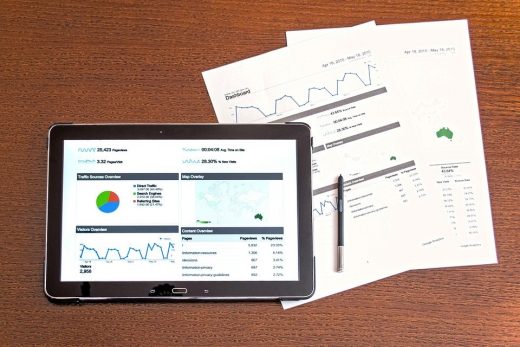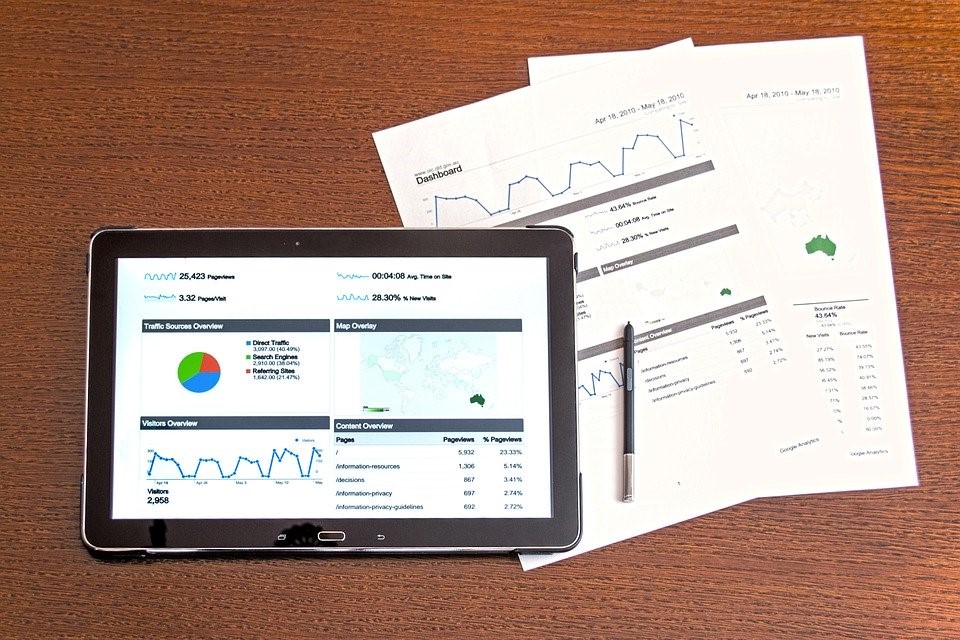Eight Ways to Improve Your Business Analytics
Eight Ways to Improve Your Business Analytics
Being a business analytics professional requires a lot of focus on market knowledge. There is no shortage of information on the web regarding analytical frameworks and their implementations.
Nowadays, business analytics has become relatively easy due to degrees like MS in Business Analytics online that update you on the latest developments in the field. Still, analytics need some manual input in order to become useful to the business.
If you are a business owner looking to improve your business analytics, here is a list of 8 ways you can achieve your objective:
1) Understand the business
In order to improve your analytics, it is important to have in-depth knowledge of the business. You need to understand the major goals and aims of the business as well as its strengths and weakness. By having an understanding of these things, you can identify potential opportunities for the business and any threats so they can be avoided. All of this information can ultimately be used to drive the business forward in the right direction to achieve its objectives.
2) Know What You are Looking For
One of the easiest methods to improve your business analytics is to know what your main objective is. Is your activity a routine check to gain valuable business insights or are you looking for something in particular?
If you have been assigned a specific task, it is important to ask the concerned person what you are trying to achieve from the analysis. Once you understand the purpose of your business analysis, you can increase your focus on important matters, without limiting the scope of your analysis.
3) Use the Tools Designed for the Purpose
Those involved in business analytics have a variety of tools available at their disposal. Improvement in analytics requires the use of proper tools and techniques. You need to involve a variety of different tools to get the big picture of your analysis. Tools like SWOT Analysis, PESTEL Analysis, and Porter Five Forces are some of the most common for business analytics to date. Using these tools and other advanced version software can improve your analytics results significantly.
4) Consider both positives and negatives
While it is impressive on a number of levels if your business analytics show smooth operations throughout the business, it is much better if they weigh both the positives and negative aspects equally. Exploring these aspects gives a boost to your business analytics and helps you to discover both your strengths and weaknesses. This identification can help you in making changes wherever needed, in an effort to achieve continuous improvement.
5) Look for causes
If you find out that your business is not making enough sales, do not stop there and try to dig deeper. Try to find out why your products are not selling as well as they should. Are your advertisements not making a good enough impression on customers? Is there some interference in your sales funnel? Or is the funnel poorly organized?
Business analytics should be used to look for a potential cause for the business’ issues, instead of just identifying the issues themselves. Once you identify the root cause of the problem, your analytics improve drastically. You can rectify any problems and prevent them from reoccurring to improve business performance.
6) Good communication
Just making an analysis is not enough; presenting it in a meaningful way is what makes it effective. Presenting the results in a clear and concise manner is an essential part of the whole business analytics process. This ensures that all interested parties understand the findings and are able to easily put the recommendations in practice.
7) Critical Thinking and Visualization
Critical thinking and visualization skills of the business analyst can help the business in a number of ways. Business analytics professionals must think critically about the type of data they collect and its implications. They have to analyze and present only the data that can be useful for decision-making and do away with any unnecessary data.
They also need to be visualizers. Disorganized data is of no use. In order to make it worthwhile and understandable, they need to present it in the most concise and accurate manner so that it can be easily digested.
8) Come up with meaningful conclusions
Presenting the conclusions of the analysis in a meaningful way is very important. You need to make sure that the conclusions are appropriate and understandable in every way. If it requires filtering out some of the data or converting it into visuals, then go ahead and do it. It will only help the intended users derive meaningful information from it a lot more conveniently.
Conclusion
The above-mentioned steps can drastically improve your business analytics. Remember, the first step is to know the purpose of your analysis so that you can narrow down your search for relevant data. Once you have that in hand, you can easily conclude the results and recommendations.
About The Author: Judy Robinson

Judy Robinson is a passionate technology and lifestyle blogger. She loves to get engaged with the readers who are seeking for home, lifestyle and tech-related information on the internet. She is a featured blogger at various high authority blogs and magazines in which she shared her research and experience with the vast online community. Follow her on twitter Follow @judyrobinson for more updates
(34)



